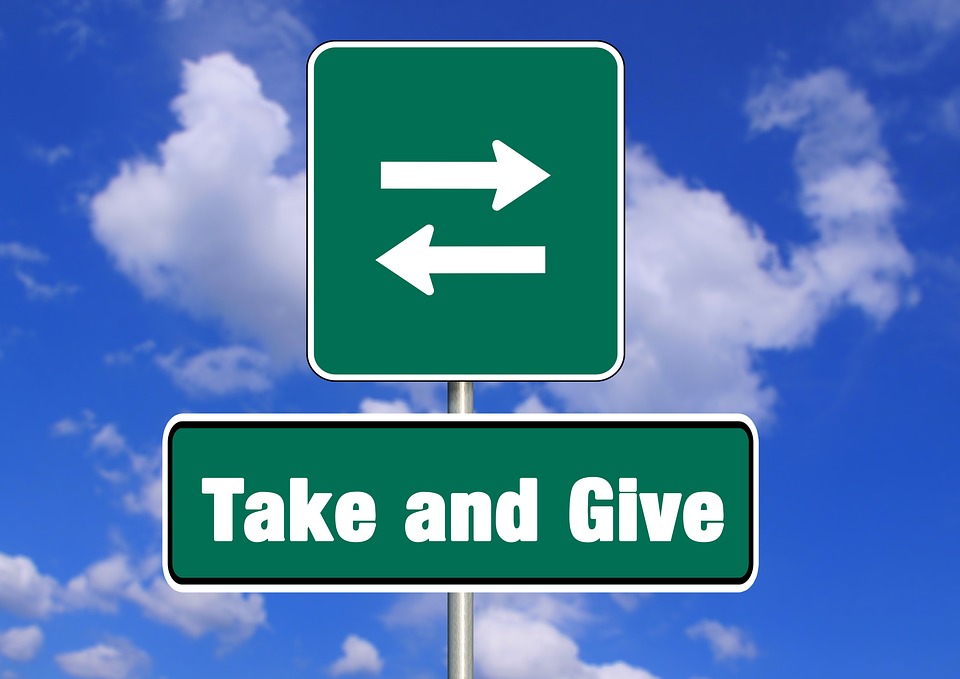From Protest to Progress: The Role of Artistic Contribution in Activism
Artistic expression has played a pivotal role in social movements throughout history. From paintings and sculptures to music and literature, art has been used as a powerful tool for conveying messages, raising awareness, and promoting change. In recent years, the intersection of art and activism has become even more pronounced, with artists using their creative talents to inspire, inform, and unite people around important social issues.
The Power of Visual Arts in Activism
Visual arts have long been used as a means of protest and resistance. One of the most iconic examples of this is the work of artist Keith Haring, whose bold and colorful graffiti-style murals became synonymous with the AIDS epidemic in the 1980s. Haring’s art served as a powerful visual representation of the devastation caused by the disease and helped to raise awareness and promote understanding among the public.
In more recent years, artists like Shepard Fairey have used their work to bring attention to issues such as climate change, police brutality, and racial inequality. Fairey’s “Obey Giant” campaign, which features striking images of political figures and slogans, has become a symbol of resistance and activism in the modern era.
The Impact of Music and Performance in Activism
Music and performance have also played a significant role in social movements throughout history. From protest songs and anthems to live performances and concerts, music has the power to evoke emotions, inspire action, and bring people together in solidarity.
Artists like Bob Dylan, Nina Simone, and Bob Marley used their music to speak out against injustice, racism, and oppression, and their songs became rallying cries for social change. In more recent years, artists like Beyoncé, Kendrick Lamar, and Childish Gambino have used their music and performances to address issues such as police violence, gender equality, and mental health awareness.
Literature and Film: Tools for Education and Empowerment
Literature and film have also played an important role in activism, serving as powerful tools for education, empowerment, and storytelling. Writers like James Baldwin, Toni Morrison, and bell hooks have used their work to shed light on the experiences of marginalized communities and challenge dominant narratives.
Filmmakers like Ava DuVernay, Spike Lee, and Raoul Peck have used their films to highlight social issues such as racial discrimination, mass incarceration, and environmental degradation. Through their storytelling, these artists have been able to reach audiences on a global scale and spark meaningful conversations about important social issues.
Art as a Catalyst for Change
In addition to raising awareness and fostering dialogue, art has the power to spark real change in society. By encouraging empathy, challenging stereotypes, and promoting understanding, art can inspire people to take action and work towards a more just and equitable world.
One example of this is the Black Lives Matter movement, which was born out of a need to address systemic racism and police violence against Black communities. Through art exhibits, murals, and performance pieces, artists have been able to amplify the voices of those affected by these issues and mobilize support for meaningful change.
Conclusion
In conclusion, the role of artistic contribution in activism cannot be overstated. Whether through visual arts, music, literature, or film, artists have the unique ability to shed light on social issues, inspire action, and bring people together in pursuit of a common goal. As we continue to navigate the complexities of our world, it is important to recognize and support the power of art as a catalyst for progress and social change.

Leave a Reply